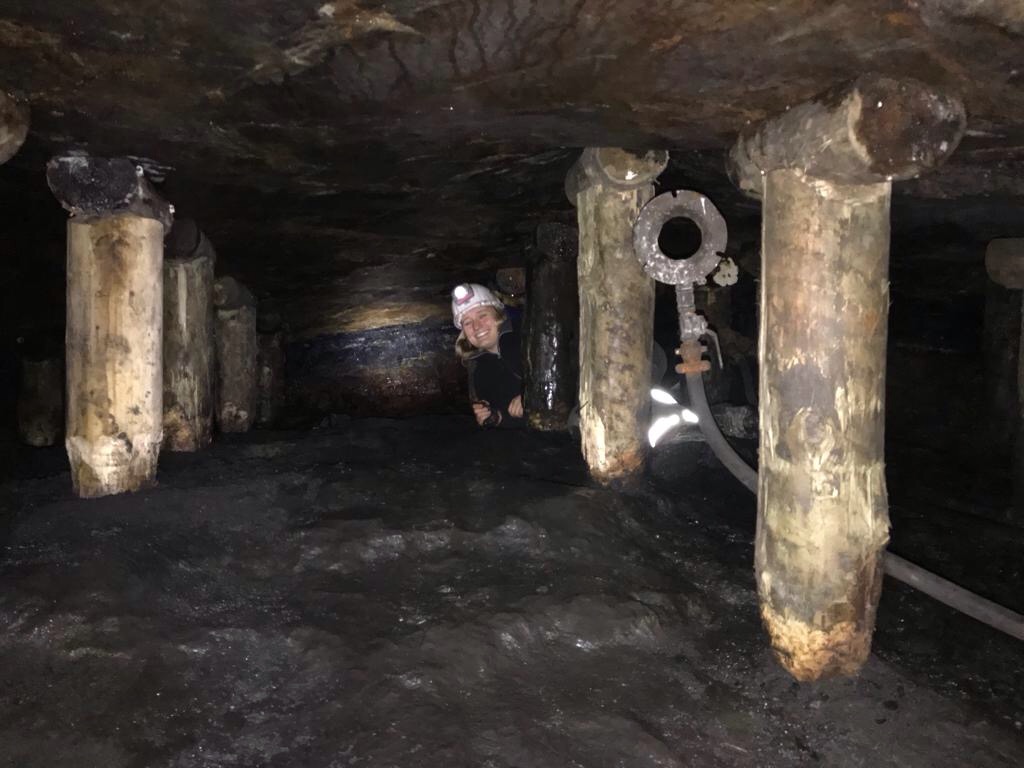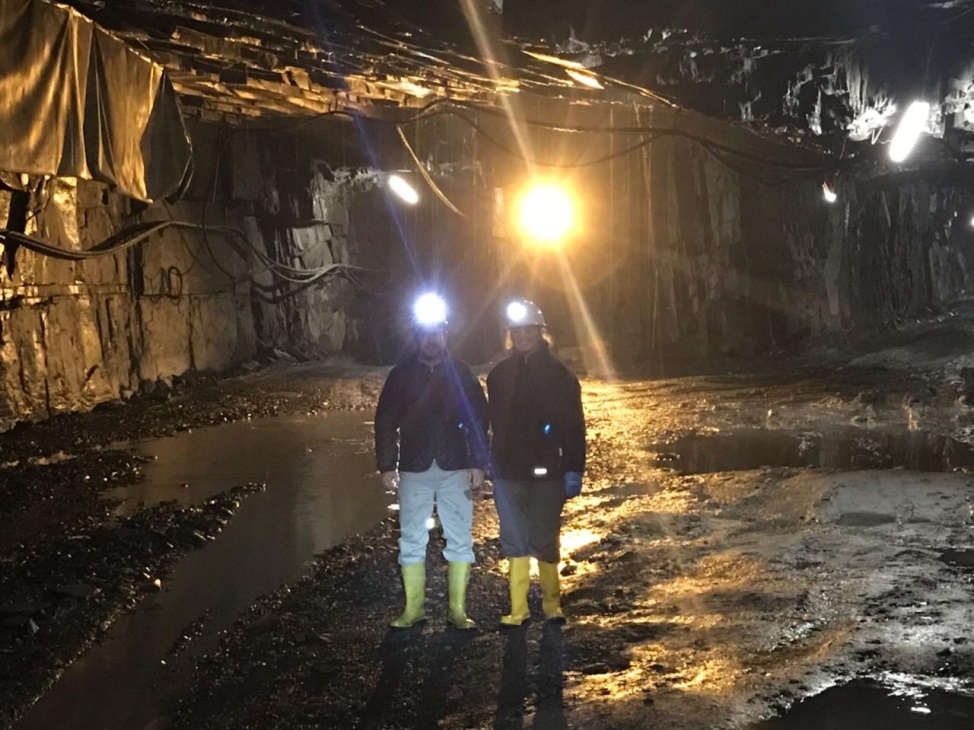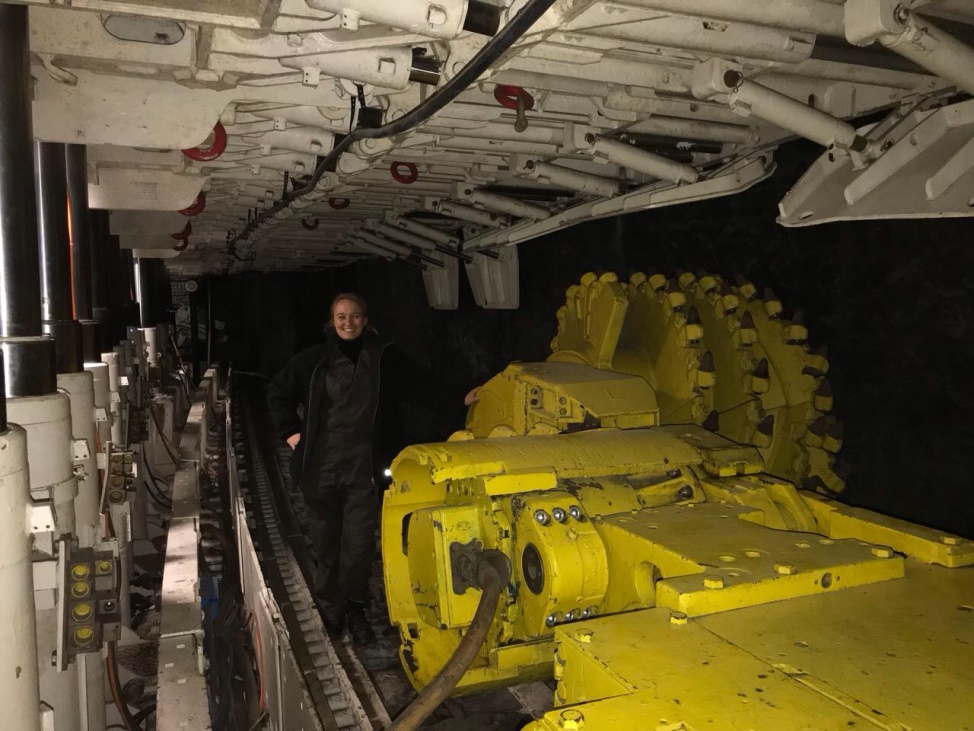Internship - Roos Verwijs
Geo-resources are of great importance for everyday life. Just think of the metals in your phone or the minerals needed for medicines or building materials. These metals and minerals all need to be mined from the subsurface using shafts (underground transport tunnels) and big machinery. I was very excited when I got the chance to be a part of this by doing an internship at the shaft sinking company Deilmann-Haniel GMBH in Germany. Knowledge of the soil and rocks is needed to construct the passage ways into the mine via shafts. So this gave me the opportunity to see the theory of courses such as ‘Extractive Metallurgy’ and ‘Rock Mechanics & Rock Engineering’ in practice.
Mining Heritage
Knowledge of subsurface and rocks is key to responsible mining, because when mines are irresponsibly constructed a lot of issues can occur. During World War II, for example, coal was illegally mined so people could stay warm. These illegal, old mines eventually collapsed and resulted in sink holes all over Nord-Rhein Westfalen. Deilmann-Haniel GMBH is very active in restoring and preserving the mining heritage of Germany. So during my internship I visited a lot of these ‘mini’ mines.
Freezing and Thawing
You see and learn a lot during an internship. For example, I discovered that there was a greater need for information about freezing layers of sand in order to be able to install a shaft more efficiently. I decided to start a research project on the freezing and thawing of sand layers. Being able to control these processes in the ground around the shaft has two advantages; it makes the construction process of the shaft more efficient and the detection of possible leaks in the shaft goes faster. Normally it can take up to two months before a leak is visible. But by playing with the temperature of the soil, you can see this within 5 days and therefore quickly repair the leak.
I have tested the possibilities for this on scale using tubes as shafts, sand as soil and liquid in different temperatures. I investigated to what extent the porosity and amount of liquid of the soil affected the process and what the impact of the flow rate was on the thawing and freezing of the sand layers. The results gave Deilmann-Haniel GMBH some insights in the possibilities to develop the technique on a big scale.



